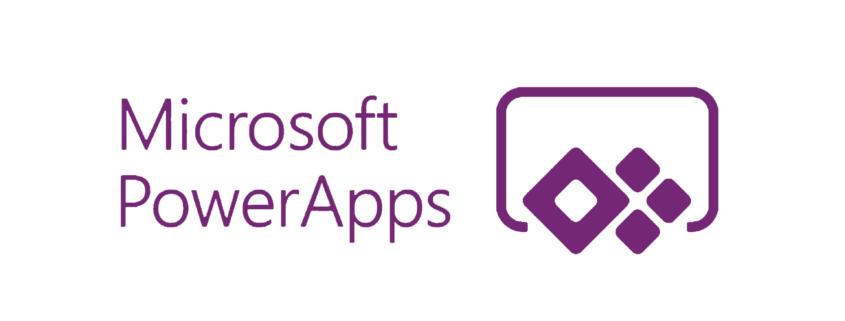
The Client
The client is an alternative specialty lender based in Vancouver, Canada. They focus on lending against receivables with acceptable types of security.
The Business Need
The client recently launched a new line of business which involves purchasing tax liens across various counties in the USA. The initial purchases were in two states but they expect to expand to more states rapidly.
The client started managing the data and reporting using Google Sheets but very soon realized that it was getting out of hand. The required fields were increasing, the business logic could not be handled completely using formulas, and there was no option to build workflows. To further complicate things, the rules for purchasing tax liens are different for each state and sometimes even vary county to county. This would require this client to customize the formulas and columns for each county making it increasingly unmanageable.
They wanted a solution to manage the data, analytics, and reporting. However, since the business had already launched, the solution needed to be quick, cost-effective, and flexible enough to incorporate new elements as the business evolved.
The Optimus Solution
Optimus evaluated various options and recommended creating an application using a combination of Power Apps, Power Automate, and Power BI from Microsoft’s Power Platform. Power Apps is a low code solution that makes building and modifying apps fast and easy. In just a few days, Optimus transformed existing Google Sheets into a canvas app using Power Apps. This acted as a proof-of-concept for the client by eliminating manual management and analysis of data as well as creating a responsive user interface to manipulate the data.
After gathering initial requirements and reflecting upon the proof-of-concept, Optimus determined that a model-driven Power App built on Microsoft’s Common Data Service would handle the current and future requirements better. The Common Data Service is secure cloud-based storage that integrates data into one common store. This allows a single set of logic to maintain and operate over the data while making it easier to implement changes in the future. Optimus created the initial build in a week and delivered it to the client after a few iterations. Optimus then built the required reports in Power BI using the data in the Common Data Service.
Optimus continues to add more features to the application as the client’s business continues to evolve. This includes using Power Automate to automate bulk imports, create automated workflows, and email-based alerts for upcoming actions required. All these are done in an agile manner with a turnaround time of days rather than weeks or months.
The Result
In less than a month, the client had a working application that met all their initial requirements. Now, the client can spend time growing the business instead of managing data, analytics, and reporting requirements.
Technologies Used
- Microsoft Power Apps
- Microsoft Power Automate
- Microsoft Power BI
- Microsoft Common Data Service
Contact Optimus to learn how Microsoft Power Apps can help resolve your complex data processes and workflows.


